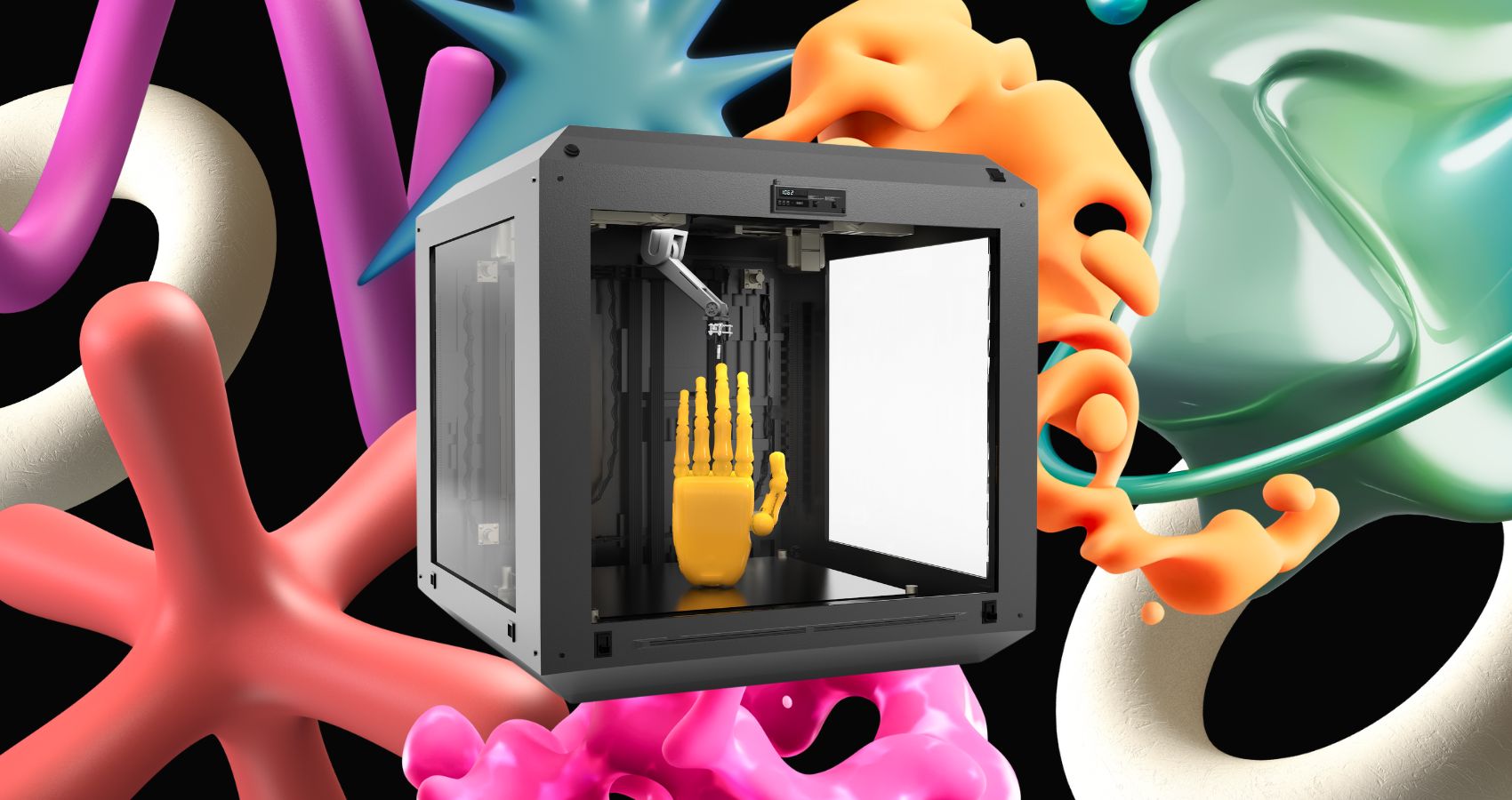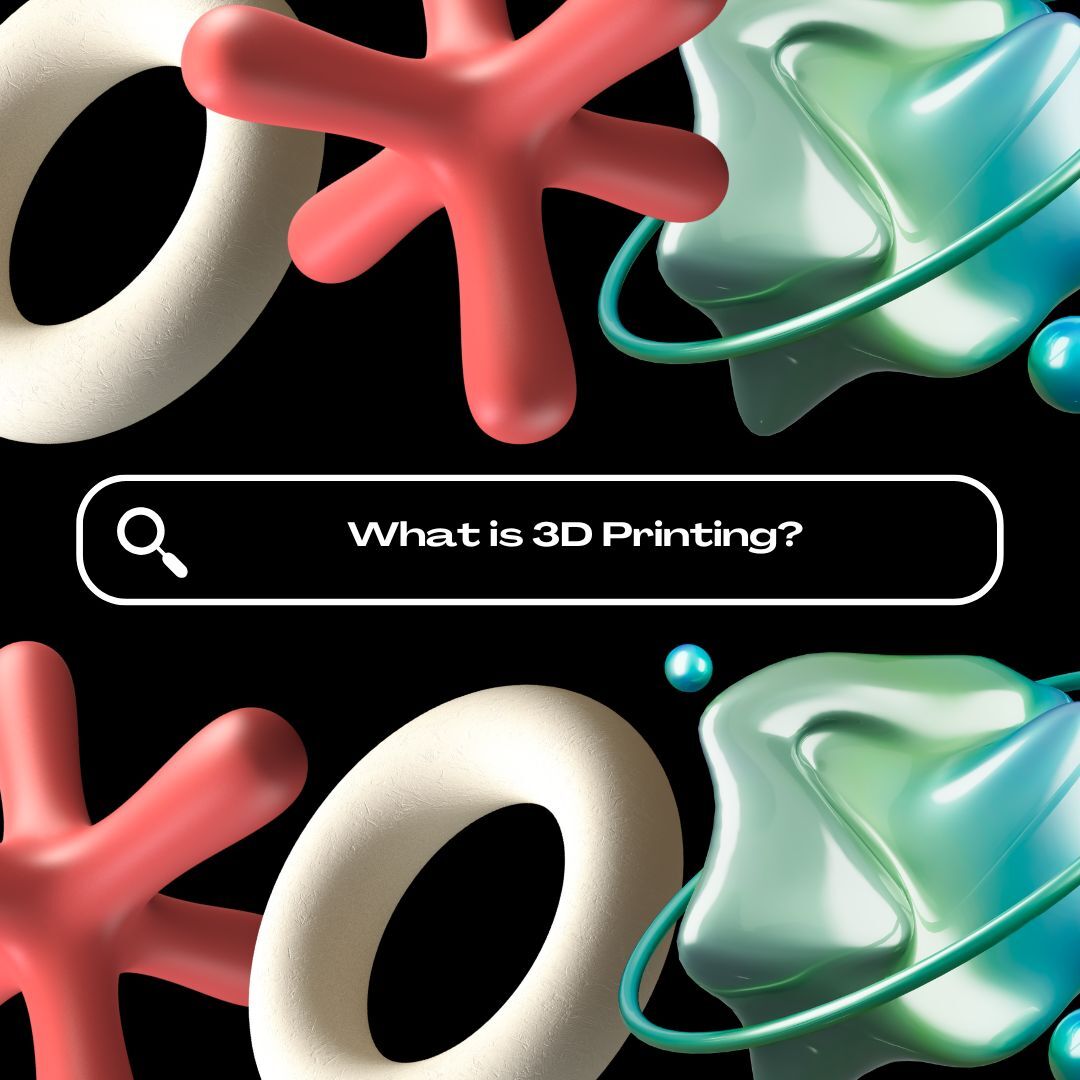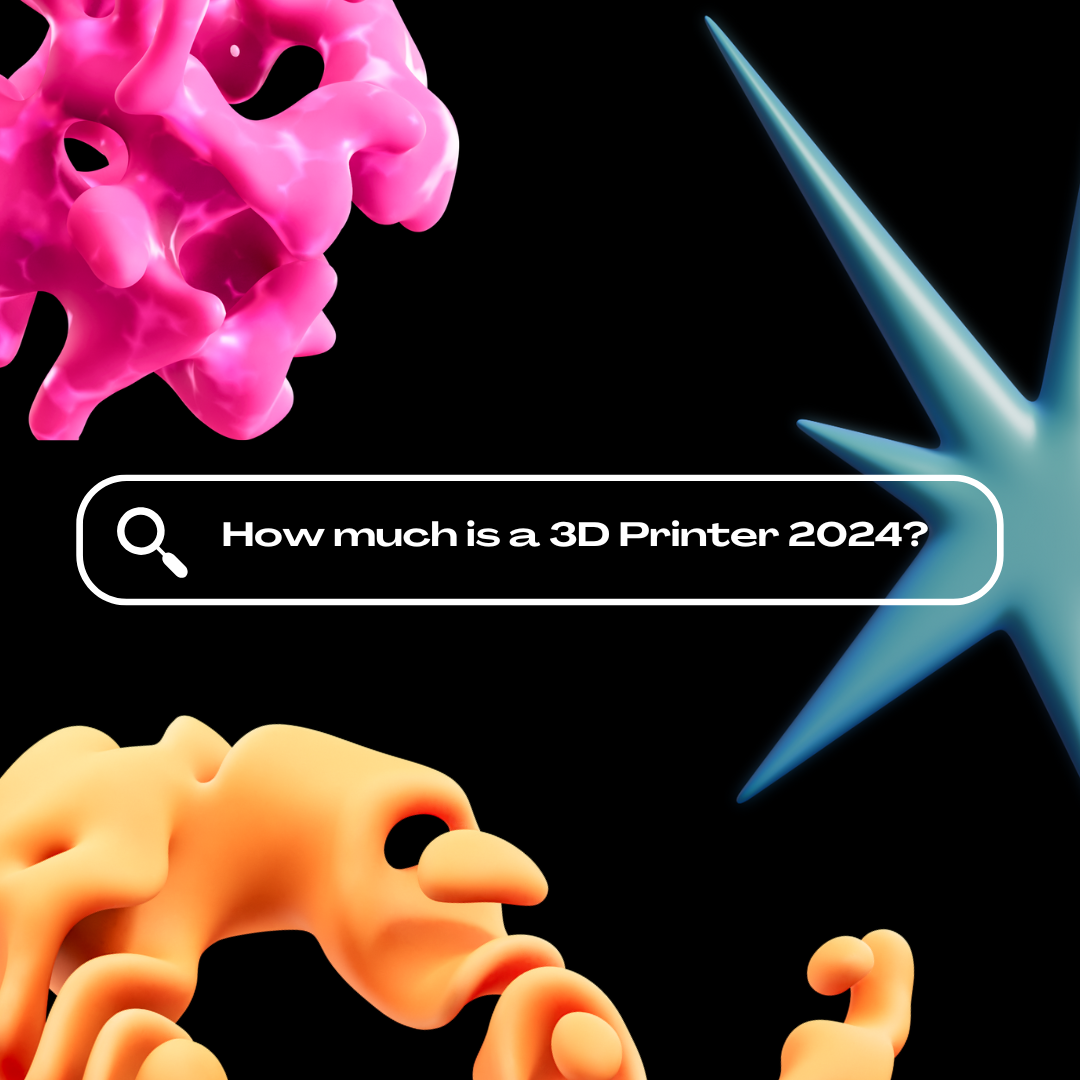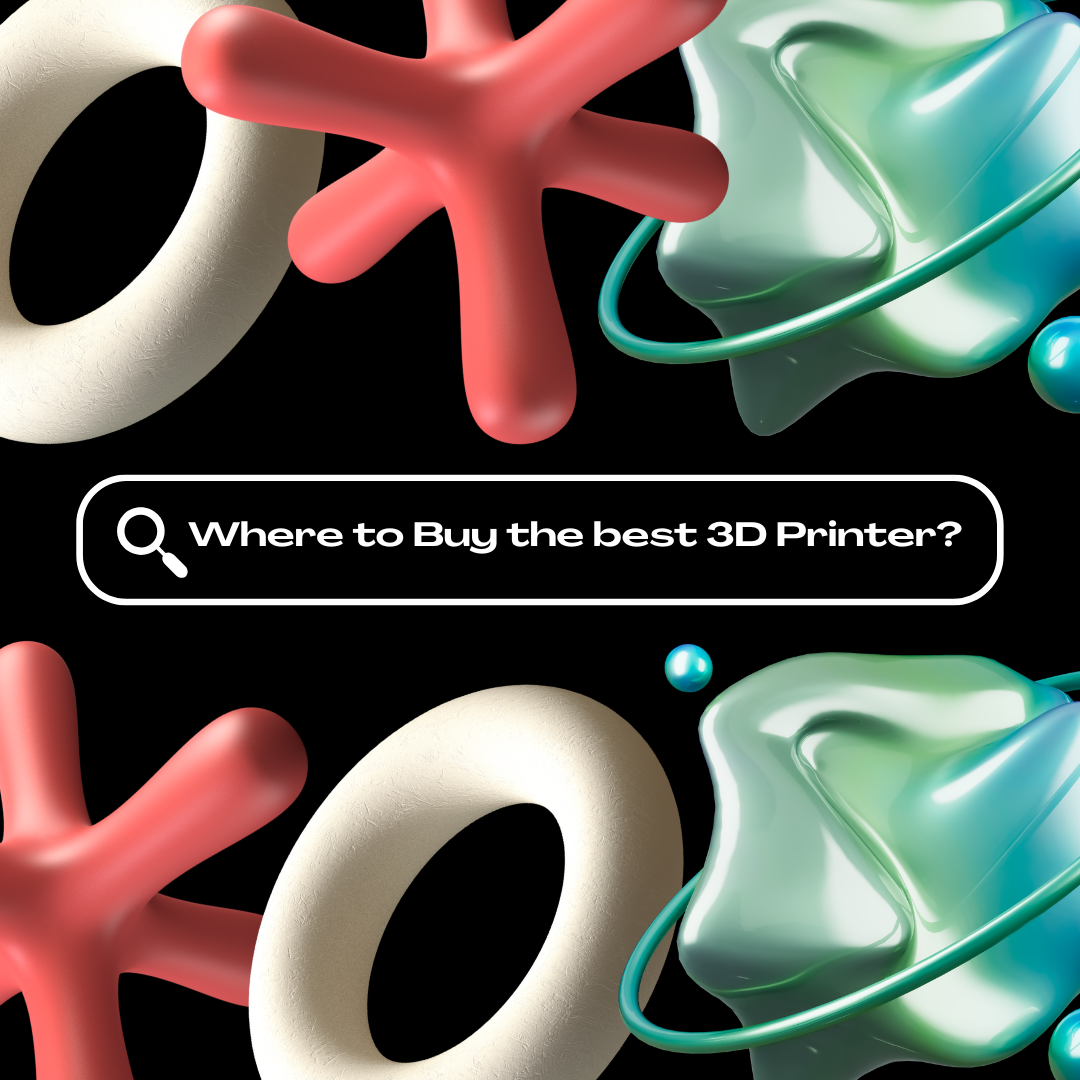
Choosing the Best 3D Printer in 2024: A Comprehensive Guide
Get expert guidance on 3D printing.
The realm of 3D printing has undergone remarkable transformations, evolving from a niche hobby to a cornerstone in manufacturing, prototyping, and even in homes, impacting sectors as varied as aerospace, healthcare, and consumer goods. As we step into 2024, the selection of 3D printers on the market is more diverse and technologically advanced than ever, reflecting significant strides in speed, precision, and material versatility. Among the leaders in this innovation is Formlabs, whose contributions have consistently pushed the boundaries of what's possible in 3D printing. This comprehensive guide aims to illuminate how to choose a 3D printer that aligns perfectly with your requirements, whether for professional use, educational purposes, or personal projects. By considering the myriad of options available, including Formlabs' advanced models, we'll explore essential factors and innovative features that should guide your decision, ensuring you select a machine that meets your specific needs and opens new possibilities in your creative or professional endeavors.
Understanding 3D Printing Technologies

Before diving into how to choose 3D printer models, it's crucial to grasp the basics of 3D printing technologies. The most common ones include Fused Deposition Modeling (FDM), Stereolithography (SLA), and Selective Laser Sintering (SLS), each with unique benefits and preferred applications. FDM printers are widely used for their cost-effectiveness and versatility, while SLA printers excel in achieving high-detail and smooth finishes. SLS technology, on the other hand, is revered for its strength and precision, especially in professional settings.
Key Features to Consider
When choosing a 3D printer, several critical features demand your attention:
-
Print Quality: High resolution and lower layer height equate to finer details and smoother prints. Precision in movement and temperature control also plays a significant role.
-
Build Volume: The size of the print bed limits the maximum size of your 3D prints. Larger projects might require a printer with a sizable build volume.
-
Material Compatibility: Your printer's compatibility with various materials can significantly impact the versatility of your projects.
-
Speed and Reliability: A balance between print speed and reliability ensures efficient and consistent print quality.
-
Ease of Use: Look for user-friendly interfaces, comprehensive software support, and active community forums for troubleshooting and tips.
-
Maintenance and Durability: Regular maintenance is key to longevity. Opt for printers known for their durability and ease of repair.
Price Range and Budget Considerations

How to pick a 3D printer also involves budgeting not just for the initial purchase but for the long-term costs associated with materials, maintenance, and potential upgrades. Entry-level printers are becoming increasingly capable, offering a cost-effective gateway into 3D printing. Conversely, professional-grade printers provide superior quality and speed, justifying their higher price tags for businesses and serious hobbyists.
Latest Models and Innovations in 2024
In 2024, the checklist for what to look for in a 3D printer includes not only traditional features but also innovative technologies like AI-driven quality control, eco-friendly materials, and enhanced connectivity options. Advanced user interfaces and modular designs for easy upgrades are becoming more common, reflecting the industry's move towards more sustainable and user-friendly solutions. Highlighting standout models from reputable brands can help you navigate the plethora of options, focusing on those that offer the best performance, reliability, and support for your specific needs. This year, look for printers that integrate seamlessly with a broader ecosystem of devices, offering more flexibility and efficiency in your 3D printing projects.
Where to Buy and What to Look For

Choosing where to purchase your 3D printer is as crucial as selecting the printer itself. Trusted vendors, comprehensive warranties, and responsive customer support are key factors. Moreover, what to look for when buying a 3D printer extends to user reviews and feedback, offering invaluable insights into a printer's real-world performance and reliability. It's also essential to consider the availability of replacement parts and the ease of repairs. Engaging with the community through forums and social media can provide additional perspectives and tips, ensuring that you choose a printer well-supported by both the manufacturer and user communities.
Setting Up Your 3D Printer
After selecting your ideal 3D printer, proper setup and calibration are paramount. This includes assembling the printer (if required), leveling the print bed, and conducting initial test prints to ensure everything is functioning correctly. Safety should never be overlooked, with adequate ventilation and adherence to the manufacturer's guidelines being paramount. Additionally, familiarizing yourself with the software and available resources can significantly enhance your printing experience. Online tutorials, community forums, and direct support from the manufacturer are invaluable for troubleshooting and getting the most out of your 3D printing technology. Remember, a well-set-up printer is the foundation for achieving high-quality prints and a satisfying 3D printing journey.
Conclusion
Navigating the world of 3D printing in 2024 might seem daunting, but armed with the right knowledge and considerations, you can make an informed decision that best suits your needs. Whether you're delving into 3D printing for the first time or looking to upgrade to a more advanced model, understanding how to choose a 3D printer and what to look for in a 3D printer is crucial. The best 3D printer for you is one that not only fits your immediate project requirements but also offers room for growth as your skills and interests evolve. It should align with your specific needs, budget, and future aspirations in the realm of 3D printing, ensuring that your investment continues to pay off in the long term. As technology advances, staying informed about the latest trends and models will help you adapt and thrive in the ever-changing landscape of 3D printing.











